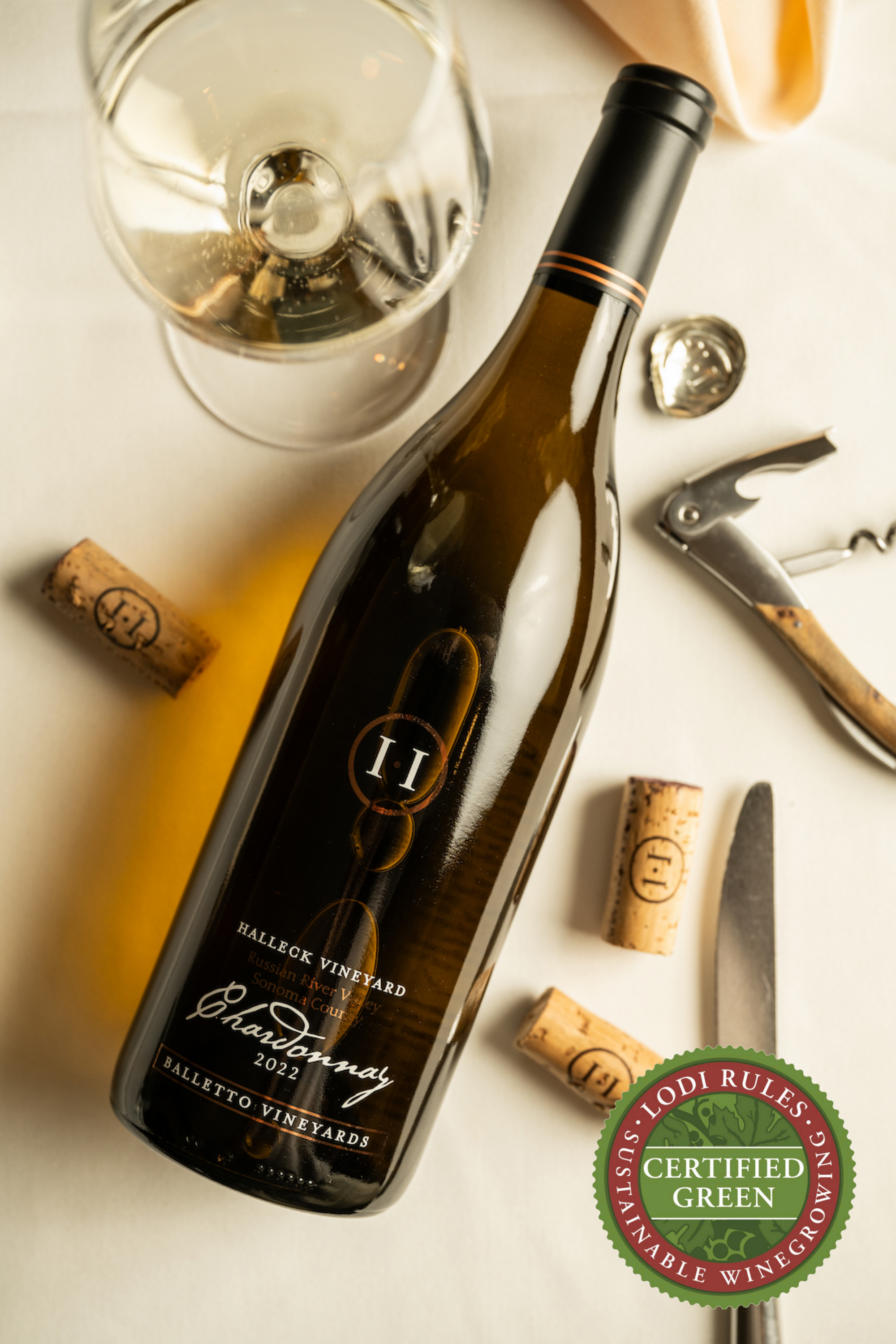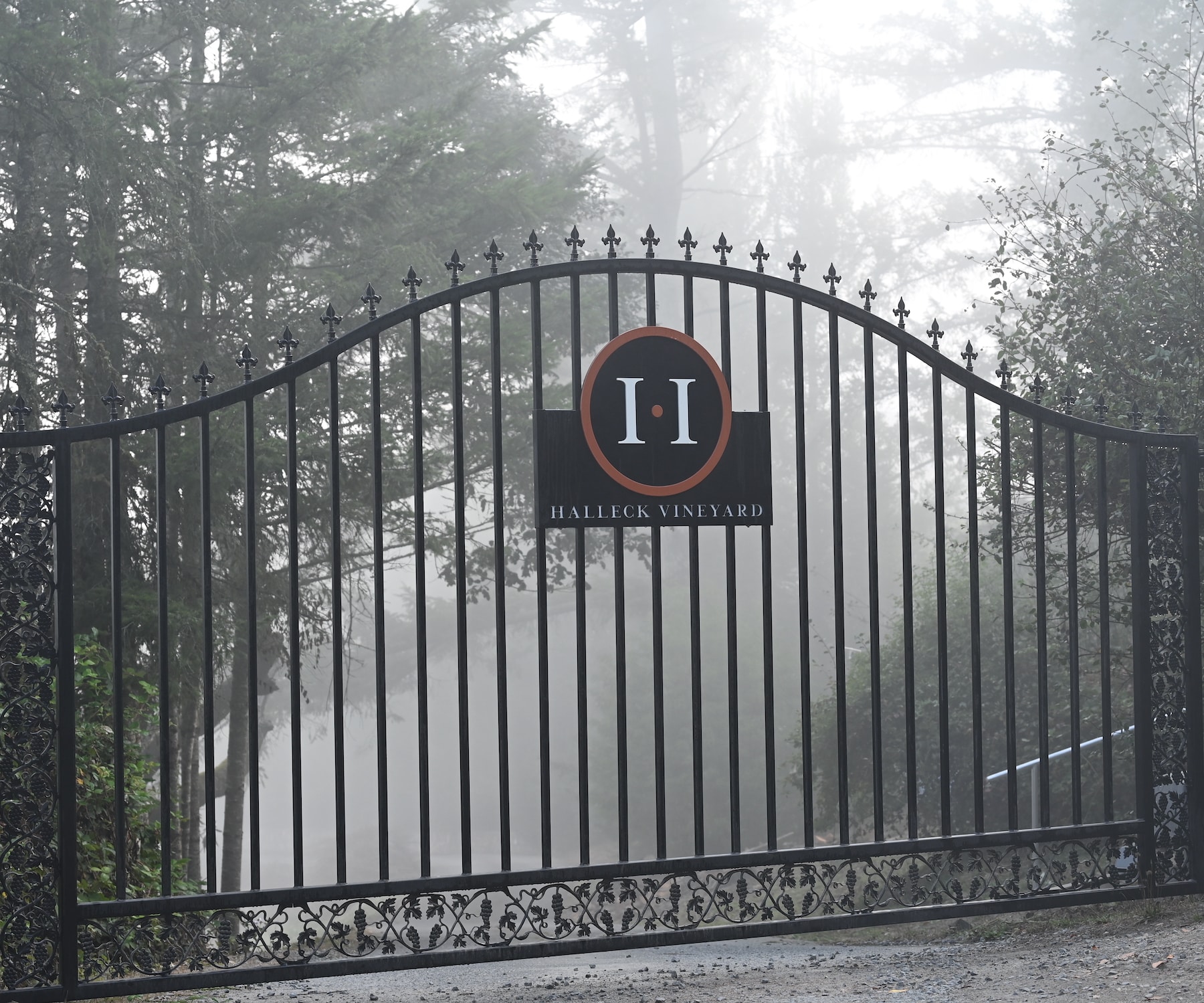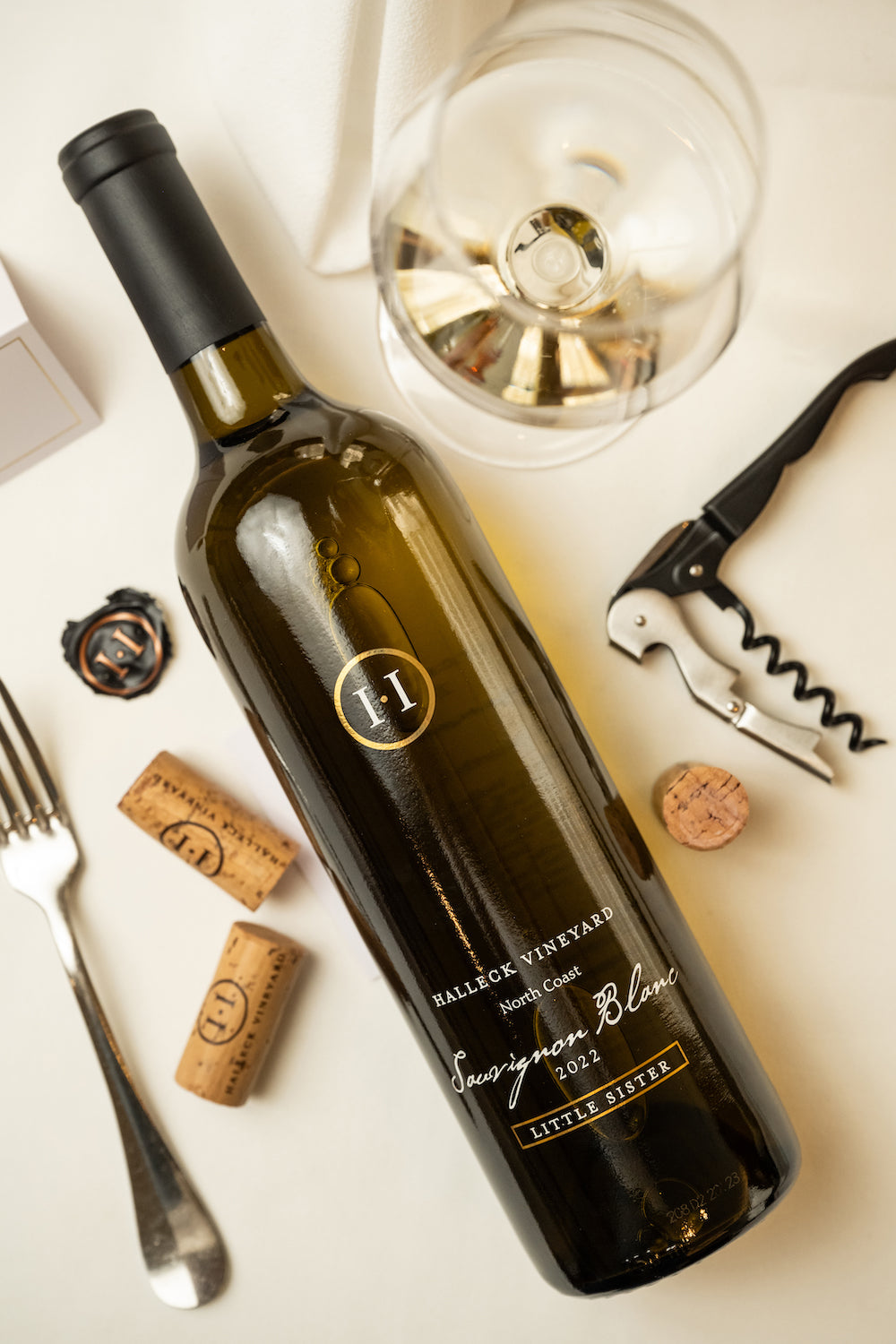Wineries Known For Handcrafted Wines - Sonoma County's Best Wine Experiences
Wineries Known For Handcrafted Wines - Sonoma County's Best Wine Experiences
Blog Article
Eco-Friendly Wineries In Sonoma County - Sebastopol Wine Tours And Vineyards
Wine tasting is an art that mixes sensory experience with an appreciation for the nuances of different varietals. How to evaluate flavors in winery wine tasting periods is pivotal to greedy the complexities of wine.
Engaging in a wine tasting includes more than merely sipping and savoring. It requires a centered strategy to identify aromas and flavors that every wine presents. As you begin, observe the wine's appearance, noting its shade and clarity. These visual cues often counsel a wine’s age, grape selection, and even potential flavor profiles.
The next step within the tasting process is to swirl the wine in your glass. This action releases aromatic compounds that are very important for evaluation. Lean in and take a second to inhale deeply; the aromas can vary from floral and fruity to spicy and earthy. The nose of the wine is just as necessary because the palate, and recognizing scents plays a significant role in understanding the general experience.
When taking your first sip, enable the wine to maneuver across your palate - Wineries Offering Virtual Wine Tastings. Discover the initial flavors that present themselves. Is the wine fruity, floral, or maybe herbaceous? This preliminary taste gives perception into what the wine is likely to express as you continue to judge it. The mouthfeel additionally contributes to the general flavor experience; it can be silky, tannic, or even effervescent.
Wineries With Locally Sourced Food Options - Discovering The Vineyards Of Sonoma County
As you continue tasting, take note of the wine’s stability. A well-balanced wine will harmonize acidity, sweetness, and tannins. If one component overwhelms the others, it might point out a less fascinating high quality. Evaluating stability might help you identify how well the wine might pair with food.
Transitioning to the finish, contemplate how the flavors evolve because the wine lingers on your palate. A long, pleasant end can point out a high-quality wine, while a short or abrupt end would possibly recommend otherwise. Replicate on whether or not the flavors stay constant or if new notes emerge as the wine settles. This progression can reveal complexities and intricacies that might not have been obvious within the initial tasting.
Temperature can be a crucial consider evaluating wine flavors. Completely Different kinds of wine are optimally enjoyed at specific temperatures. White wines often shine when chilled, while pink wines usually carry out finest at room temperature. When tasting, make positive the wine is on the applicable temperature to completely appreciate its character.
Intimate Wine Tasting Experiences In Sonoma - Unique Wine Tasting Experiences In Sebastopol
Pairing food with wine can greatly enhance the tasting experience. Meals can influence the perception of flavors in wine, both highlighting certain characteristics or diminishing them. When evaluating flavors, think about how the wine interacts with completely different meals, noticing which flavors are amplified or muted (Wineries Offering Elegant Wine Tastings).

Consider the influence of terroir as you have interaction in a winery tasting. Terroir encompasses the unique environmental factors that have an result on grape rising, together with soil composition, local weather, and geography. Understanding a wine's terroir can provide insight into its flavors and aromas, fostering a deeper appreciation for the choices made throughout its cultivation and production.
Education performs a elementary role in enhancing one's capacity to judge wine flavors. Learning about grape varieties, wine regions, and production strategies can pave the method in which for extra informed judgments during tastings. Additionally, attending workshops or classes can refine sensory skills and expand your flavor vocabulary, enabling you to articulate tasting notes extra effectively.

Lastly, it's important to do not overlook that evaluating wine flavors is a highly personal experience. Individual preferences and perceptions will invariably form one’s tasting journey. Enjoyment ought to be at the forefront, with the analysis course of acting as a device to enhance understanding and appreciation rather than create inflexible guidelines.
Wineries With Picnic Areas - Top Sonoma Wineries To Visit
In conclusion, mastering tips on how to evaluate flavors in winery wine tasting periods involves a mix of sensory engagement, knowledge, and practice. By learning to determine aromas, assess the balance, and respect the intricacies of flavor, wine enthusiasts can deepen their connection to each bottle they encounter. As with any art type, the extra one immerses themselves within the experience, the extra they will discover and enjoy the huge world of wine.
- Start by observing the wine's colour and readability, as these visual elements can hint at its flavor profile and aging potential.
- Swirl the wine gently in your glass; this releases aromatic compounds, allowing you to higher establish the advanced scents related to the wine.
- Take a deep inhale earlier than tasting, specializing in each primary and secondary aromas to gather insights on fruits, spices, and other nuances.
- When tasting, allow the wine to coat your palate; note the initial flavors, the mid-palate complexity, and the end as these phases can provide different flavor highlights.
- Pay attention to texture and mouthfeel, as aspects such as tannin ranges, acidity, and sweetness contribute considerably to the general tasting experience.
- Evaluate flavors in opposition to commonplace wine traits; for purple wines, think about berry notes, oak influence, and herbal tones, while whites could embrace citrus, stone fruits, and floral hints.
- Take notes in the course of the tasting session to trace your impressions, serving to you to recollect and consider the completely different wines sampled.
- Focus On your findings with fellow tasters or winery staff, as sharing insights can improve understanding and appreciation of individual flavors.
- Allow time for the wine to breathe; sometimes, flavors evolve and reveal new dimensions after being exposed to air.
- Experiment with food pairings in the course of the tasting as they'll dramatically alter how flavors are perceived, influencing total enjoyment.undefinedWhat should I look for when evaluating the aroma of wine during a tasting?
Begin by swirling the wine in your glass to launch its aromas. Convey the glass to your nose and take a deep breath. Pay attention to the primary scents you detect, as these are sometimes probably the most outstanding. Look for fruit, floral, herbal, or earthy notes and try to determine specific traits, which can deepen your understanding of the wine's complexity.
Wineries With Unique Varietals - Sonoma Wine Tastings

How can I distinguish between completely different flavor profiles in wine?
Understand that flavor profiles are often categorized as fruit, floral, herbaceous, spicy, or mineral. Take small sips and permit the wine to coat your palate. Discover the first flavors that emerge first and the delicate notes that comply with. This layering is crucial in distinguishing the wine's characteristics and will allow you to respect its unique profile.
Wineries Offering Charcuterie And Wine Pairings - Sonoma Wine Retreats
What is the significance of the wine's texture in a tasting?

The texture of the wine, also called mouthfeel, plays a vital function in how we understand flavors. Pay attention as to whether the wine feels clean, creamy, or gritty. The physique of the wine (light, medium, or full) can enhance or contrast with flavors, providing a more rounded experience throughout tasting.
How do I assess the steadiness of flavors in wine?
Stability in wine refers to the concord between acidity, sweetness, tannin, and alcohol. Take a second to evaluate whether these parts complement or intrude with each other. A well-balanced wine may have none of its components overpowering the others, creating a nice tasting experience.
Innovative Wine-Making Techniques In Sonoma Valley - Wine Tasting At Sonoma Vineyards
What position does temperature play in evaluating wine flavors?
Temperature can significantly impression the notion of flavors. Generally, pink wines are best served barely below room temperature, his explanation while white wines take pleasure in being chilled. As the temperature adjustments, the aromas and flavors can shift, permitting you to perceive totally different characteristics. It’s essential to style wine at its optimal temperature for true analysis.
Wineries Located Near Russian River Valley - Sonoma Vineyards Worth Visiting
How can I improve my tasting skills over time?
Practice website link is vital to bettering your tasting skills. Beautiful Picnic Areas At Sonoma Wineries. Attend tastings, hold a journal of your experiences, and explore various sorts of wines to broaden your palate. Moreover, learning about wine manufacturing and grape varieties can provide context that enhances your evaluation course of, making you a more informed taster.
Is there a particular order in which I should style the wines?
Unique Wine And Food Pairings In Sonoma - Best Wine Tasting Spots In Sonoma County
Sure, it’s advisable to taste wines from light to full-bodied and dry to candy. This development prevents the stronger flavors from overshadowing the more delicate ones, allowing you to totally appreciate each wine's traits and nuances with out palate fatigue.
How can I evaluate the aftertaste of wine?
Wineries With Estate-Grown Grapes - Craft Wineries In Sonoma
The aftertaste, or finish, is an important aspect of the wine-tasting experience. After swallowing, pay attention to how lengthy the flavors linger in your palate and whether or not they change. A lengthy, nice end is usually an indicator of a high-quality wine, while a short or unpleasant finish could counsel in any other case.
Why is it essential to note the wine’s acidity during tasting?
Acidity contributes to the overall freshness and construction of the wine. Pay attention to the tingling sensation in your tongue; larger acidity can improve the wine's liveliness and stability out sweetness. Noting acidity helps determine the wine's versatility with food and its aging potential.
What ought to I do if I wrestle to determine specific flavors in wine?
Charming Wineries With Views In Sonoma Valley - Vineyard Tours In Sebastopol
Struggling to identify flavors is common, especially for beginners. Focus on broader categories and describe what you possibly can recognize, such as sweet or earthy notes. With practice, reading about different flavor profiles, and maybe utilizing flavor wheels, you may refine your senses and develop a extra nuanced strategy to tasting. Report this page